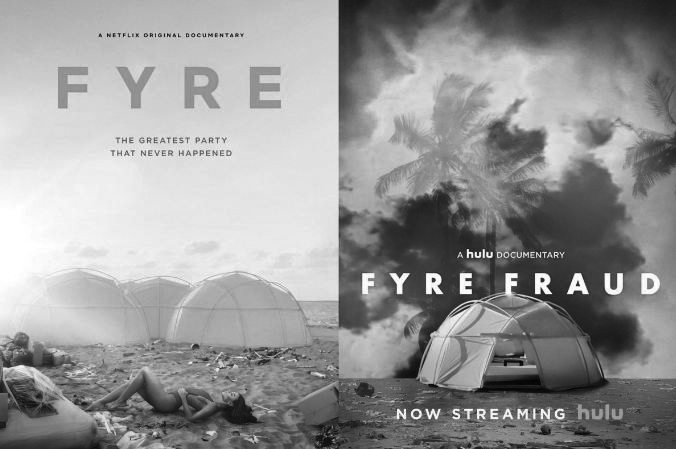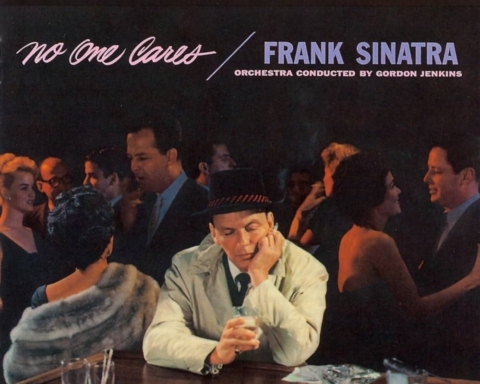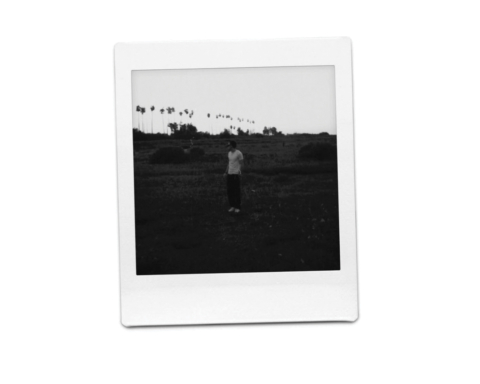A few weeks ago, both Netflix and Hulu brought their renditions of the doomed luxury music festival, Fyre Festival, to their respective platforms only a few days apart from each other. Which one is worth the watch and the other one, well, on fyre?
Billy McFarland, CEO of Fyre Media Inc., and rapper Ja Rule created a music festival that promised exclusive artists, well-known supermodels and glorious vacation villas on a private island in the Bahamas, an area that was once owned by Pablo Escobar. The music festival’s intention was to bring awareness to the company’s Fyre app that allows the user to book popular music talent. However, the event was a scam in many ways. Yet, according to Ja Rule, it was merely “false advertising.”
Through lack of production time and insufficient funds, festival-goers arrived at Exuma to find FEMA tents, used for disaster recoveries, with soaked mattresses, no luggage and no housing procedures which caused a free-for-all of people searching for a place to sleep for the night. McFarland blamed the poor weather for the failed festival.
Netflix’s “Fyre: The Greatest Party That Never Happened” focuses a lot on the party’s production, and what crew, as well as members, endured while trying to produce a festival in such a small amount of time. At first, everyone involved thought the festival was going to be extraordinary and genius, but these feelings soon changed when they understood what it took to get a festival going.
Netflix did a good job showing its viewers the labor it took to set everything up. There are times where there would be up to 200 people working 24-hour days to set up an element of the festival which shows the strain and toil it takes to organize such a big event that 5,000 plus people were supposed to be attending.
Also, Netflix revealed more of the interactions between the models and influencers, McFarland and Ja Rule. McFarland paid social media influencers and models, such as Kendall Jenner and Bella Hadid, upwards of $250,000 to post about the festival. Additionally, most of these celebrities participated in Fyre’s advertisements and commercials, making it seem like they were also going to be attending the festival. Seeing these more personal interactions were eye-opening, and seeing the logistics of the festival brought a twist to the documentary.
Hulu’s “Fyre Fraud” talks a lot about McFarland’s background before he got invested into the festival, which gives an understanding of who he is. As a young entrepreneur, McFarland founded Magnises, a credit card for the elite millennial, that sprung his success.
What Hulu had that Netflix didn’t was an interview with McFarland himself, which gives the viewer a sense of who he is by his attitude throughout the questioning and his mannerisms. In the final minutes of the documentary, McFarland’s girlfriend, Anastasia Eremenko, is also interviewed. Another thing to connect with is the number of videos and graphics to incorporate the audience in a more enjoyable way. Videos of Dave Chappelle and modern memes that are included in the film further express their ideas.
The festival shows just how much power social media has on modern society. Concert-goers were exposed to a utopian experience by social icons and became vulnerable to the scam by the influence of celebrities who didn’t even know how the festival was going to turn out themselves. Jerry Media, a parent company of a popular meme account, helped promote the festival as well, which brought even more customers.
So, which had the better documentary? Netflix. With more footage of the festival itself, Netflix had more of a glimpse of what people were actually enduring.
Both documentaries are available for streaming now.
By Cammie Dutchess, Contributing Writer
jonesdca17@bonaventure.edu






